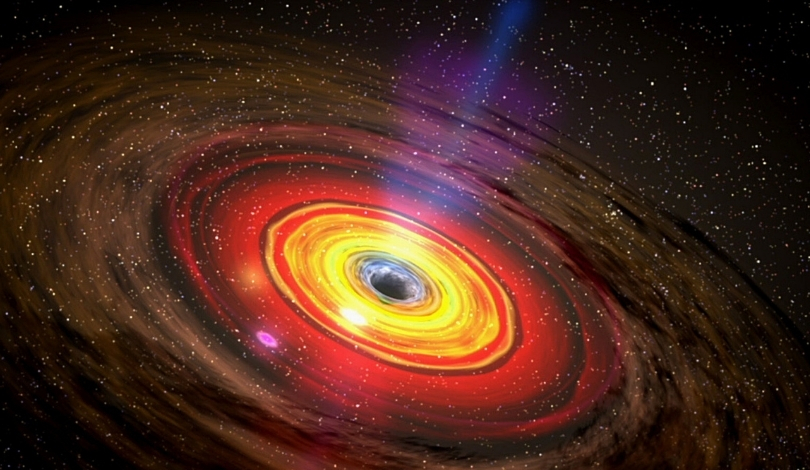Astronomy enthusiasts are increasingly making significant contributions using online tools and remote observatories. Filipp Romanov, a Russian amateur astronomer, has continued this trend by discovering three new asteroids, including a rare near-Earth asteroid, through remote observation systems. This marks an advancement in how amateur astronomers can participate in significant celestial discoveries without direct access to professional equipment.
Filipp Romanov previously discovered two asteroids, 623826 Alekseyvarkin and 623827 Nikandrilyich, using the same methodology. His latest discoveries also involved meticulous planning and timing, including observing when the waning gibbous Moon did not interfere with the night sky. The precise celestial coordinates and regions of interest were calculated beforehand, enhancing the chances of asteroid detection.
A Surreptitious Find
Romanov reserved time on the 0.51-meter f/6.8 remote telescope T59, part of the iTelescope network at Siding Spring Observatory. During his observation on August 26, 2024, he identified a fast-moving object in the constellation Pisces, suggesting it could be a near-Earth asteroid. He explained the process:
“I have been searching for asteroids in images from remote telescopes from time to time for almost two years, and I have discovered four asteroids that have received their names, but on August 26th, 2024, I made a great find—I found a near-Earth asteroid in the images obtained using the 0.51-meter f/6.8 remote telescope T59 located at the Siding Spring Observatory of the iTelescope network, which is visible in all eight (300 second exposure) photos of one of the fields of the sky.”
Romanov’s discovery was verified through the Minor Planet Center (MPC) database to ensure it was not a previously known object. His measurements were submitted to the NEO Confirmation Page, leading to its designation as 2024 QS. The asteroid was later tracked by several automatic sky surveys, including the Mount Lemmon Survey and the ATLAS-HKO and -MLO surveys in Hawaii.
Pinning Down an Asteroid Find
Following the initial observation, Romanov coordinated with other astronomers to confirm the asteroid’s position and orbit. He recounted the challenge:
“I immediately wrote to a number of astronomers with a request to confirm this astronomical object, but some of the astronomers did not have clear weather for observations (or were) not online at the time. Only one amateur astronomer immediately responded.”
Using an iTelescope in Chile, Romanov and another astronomer managed to confirm the asteroid’s existence. The subsequent tracking established its orbit as 43 meters in diameter, on a 1.1-year orbit around the Sun.
…And Something More
In addition to 2024 QS, Romanov discovered asteroids 2023 PS3 and 2023 SJ76. The former, observed using the 2-meter Liverpool Telescope, is part of the Hungaria Group and named 679996 Mariyafilippovna. The latter, found using the T11 iTelescope in Utah, was named 679999 Mariyavarkina. Both were named after his great-grandmothers, highlighting Romanov’s personal connection to his discoveries.
Romanov’s discoveries underline the significant contributions that amateur astronomers can make using remote observatories and online tools. This approach has democratized astronomy, allowing enthusiasts to participate meaningfully in the scientific community. It also demonstrates the potential of remote observation technology in expanding our understanding of near-Earth objects and other celestial phenomena.










